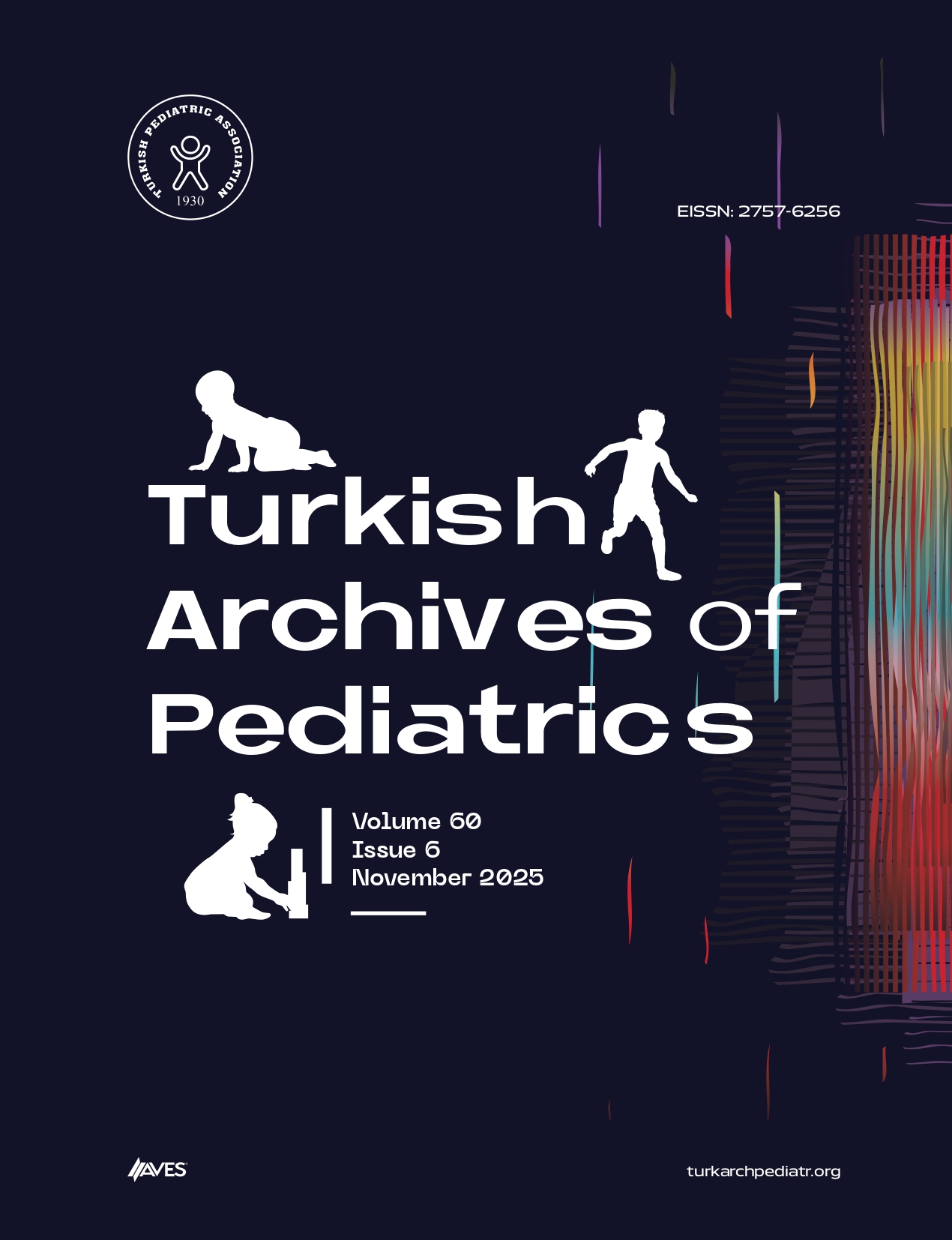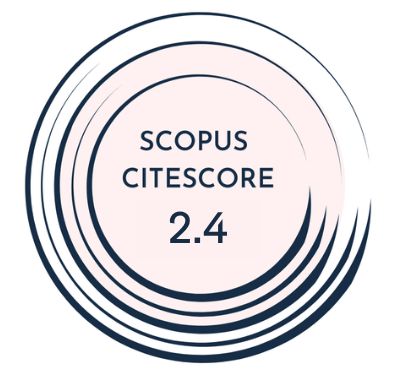Objective: Pediatric patients with histopathologically confirmed granulomatous lymphadenopathy were evaluated etiologically.
Materials and Methods: In this study, patients who presented to the tertiary pediatric infectious disease clinic with histopathologically confirmed granulomatous lymphadenopathy were retrospectively reviewed, and the etiological evaluation of granulomatous inflammation based on patient history, clinical findings, and additional tests were presented.
Results: The study included 91 patients. In the study, 48 (52.7%) patients underwent biopsy from the cervical region, 21 (23.1%) patients underwent biopsy from the axillary region, 13 (14.3%) patients underwent biopsy from the submandibular and 9 (9.9%) patients underwent biopsy from lymph node sites other than these regions. Cervical lymphadenopathy was more common in patients over the age of 10, while axillary lymphadenopathy was more common in patients under the age of 5. A statistically significant difference was found between the age groups in the biopsy sites (P = .007). When the etiology of the patients was examined, it was found that 78 (85.7%) patients had infectious and 3 (3.3%) patients had non-infectious causes. The cause could not be determined for 10 (11%). There was a difference in etiology frequency according to the lymphadenopathy locations (P =.001).
Conclusion: In this study, the most common etiology of granulomatous lymphadenopathy was shown to be infections, especially mycobacteria. Less common were toxoplasmosis, aspergillus, and cat scratches. Among non-infectious causes, chronic granulomatous disease should be kept in mind.
Cite this article as: Cetin FT, Çay Ü, Gündeslioğlu ÖÖ, Alabaz D, Totik N, Uğuz AH. Evaluation of the etiology of granulomatous lymphadenopathy in children admitted to a tertiary pediatric infectious clinic. Turk Arch Pediatr. 2025;60(3):307-313.



.png)

